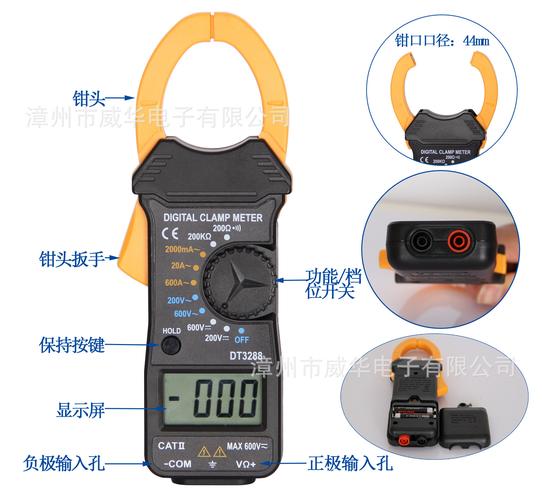电子手表中的电流是多少
- 科普
- 2024-05-05
- 666
Understanding Current in Electronic Watches
Electronic watches, commonly known as digital watches, utilize a small but essential amount of current to function. Let's delve into the intricate world of electronic timepieces to understand the role of current within them.
How Electronic Watches Work

Electronic watches rely on electronic circuits powered by a battery to keep time accurately. The core components typically include:
1.
Quartz Crystal Oscillator
: This serves as the timekeeping element, vibrating at a precise frequency when an electric current is applied. Quartz is chosen for its stability and reliability.2.
Digital Display
: LED (Light Emitting Diode) or LCD (Liquid Crystal Display) screens are commonly used to display the time digitally. These displays require a minimal amount of current to operate.3.
Integrated Circuits (ICs)
: These ICs manage various functions of the watch, including timekeeping, display control, and additional features like alarms, timers, and chronographs.4.
Battery
: Usually a small button cell battery (such as a silver oxide or lithium battery) provides the necessary power to the watch's electronic components.Current Consumption in Electronic Watches
The amount of current consumed by an electronic watch varies based on several factors:
1.
Display Type
: LED displays generally consume more power compared to LCD displays, as they require higher current to illuminate.2.
Functionality
: Additional features like alarms, backlighting, or continuous second hands may increase power consumption.3.
Efficiency of Components
: The efficiency of the quartz oscillator and integrated circuits affects the overall power consumption of the watch.4.
Battery Voltage
: The voltage supplied by the battery influences the current flow in the circuit. Most electronic watches operate at low voltages to ensure longevity of the battery.Typical Current Draw
In modern electronic watches, the current consumption is kept to a minimum to maximize battery life. On average, electronic watches consume anywhere from 0.1 microamps to 10 milliamps of current, depending on the factors mentioned above.
Maximizing Battery Life
To ensure optimal battery life for electronic watches, consider the following tips:
1.
Choose Efficient Models
: Look for watches with efficient display technologies (such as lowpower LCD displays) and energysaving features.2.
Regular Maintenance
: Replace the battery according to the manufacturer's recommendations and ensure that the watch is properly sealed to prevent moisture ingress, which can increase current draw.3.
Turn Off Unused Features
: Disable unnecessary features like alarms or backlighting when not in use to conserve power.4.
Avoid Extreme Conditions
: High temperatures can accelerate battery depletion, while low temperatures can temporarily reduce battery performance. Keep the watch within recommended temperature ranges for optimal operation.5.
Quality Batteries
: Always use highquality batteries recommended by the manufacturer to ensure reliable performance and longevity.Conclusion
Electronic watches rely on a small but crucial amount of current to function accurately. Understanding the factors influencing current consumption can help users maximize battery life and ensure consistent performance from their timepieces. By choosing efficient models, practicing regular maintenance, and employing powersaving techniques, users can enjoy extended battery life from their electronic watches.
上一篇
乐视手机锁定怎么取消掉